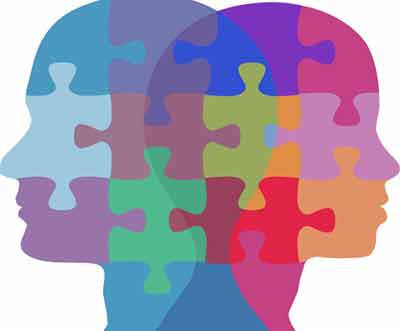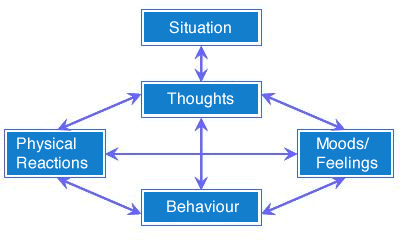A: Even before your therapy session begins, your therapist may have you fill out certain forms to assess your mood. Depression, Anxiety and Hopelessness Inventories help give you and the therapist an objective way of assessing your progress. One of the first things your therapist will do in the therapy session is to determine how you’ve been feeling this week, compared to other weeks. This is what we call a mood check. The therapist will ask you what problem you’d like to put on the agenda for that session and what happened during the previous week that was important. Then the therapist will make a bridge between the previous therapy session and this week’s therapy session by asking you what seemed important that you discussed during the past session, what self-help assignments you were able to do during the week, and whether there is anything about the therapy that you would like to see changed.
Next, you and the therapist will discuss the problem or problems you put on the agenda and do a combination of problem-solving and assessing the accuracy of your thoughts and beliefs in that problematic situation. You will also learn new skills. You and the therapist will discuss how you can make best use of what you’ve learned during the session in the coming week and the therapist will summarize the important points of the session and ask you for feedback: what was helpful about the session, what was not, anything that bothered you, anything the therapist didn’t get right, anything you’d like to see changed. As you will see, both therapist and patient are quite active in this form of treatment.


